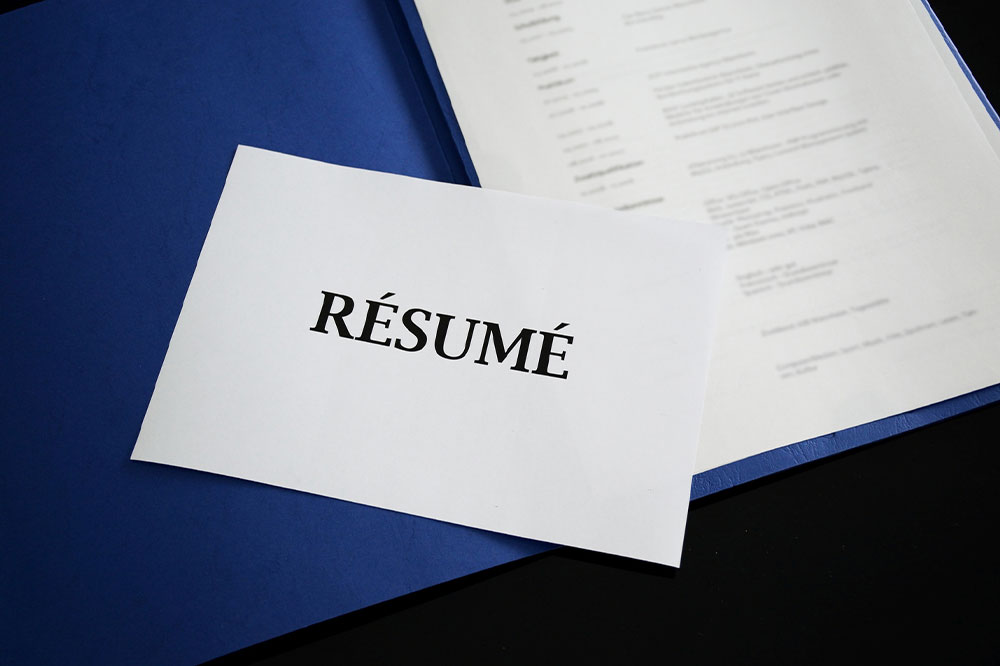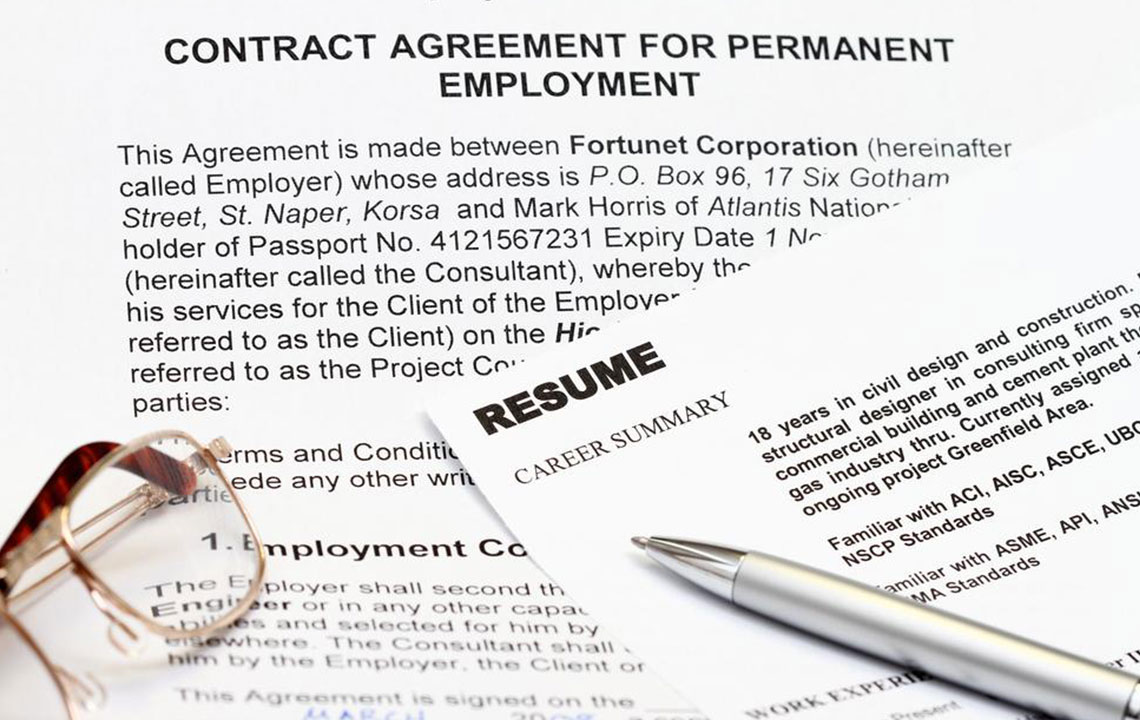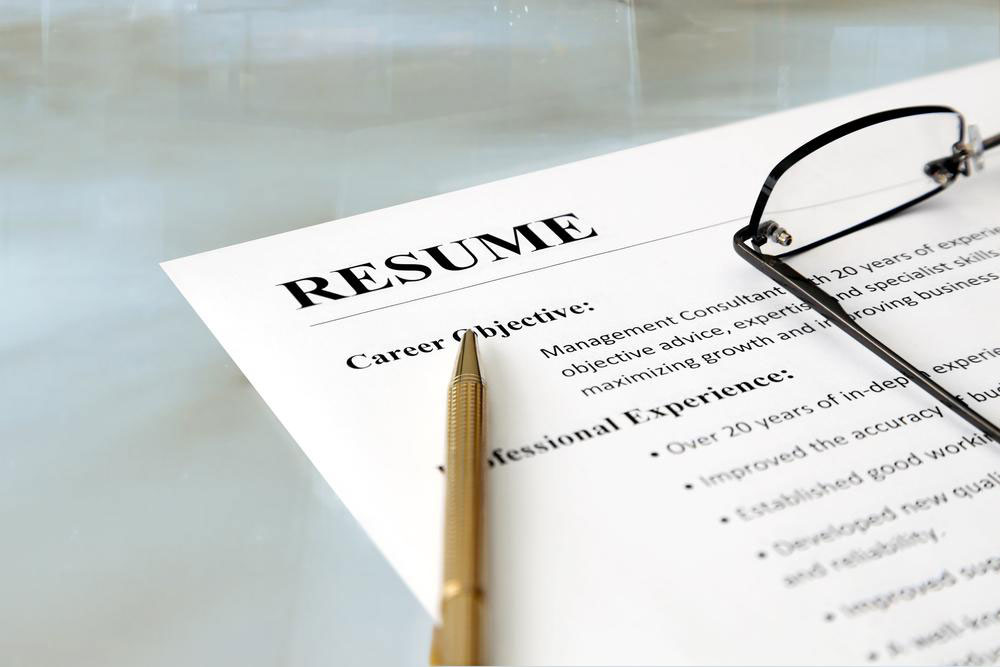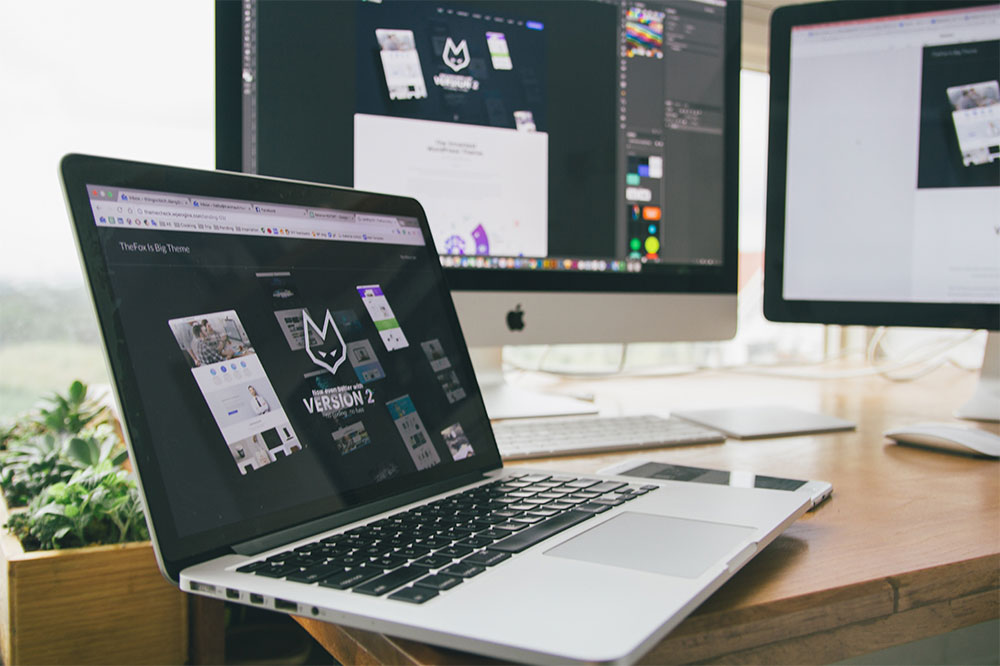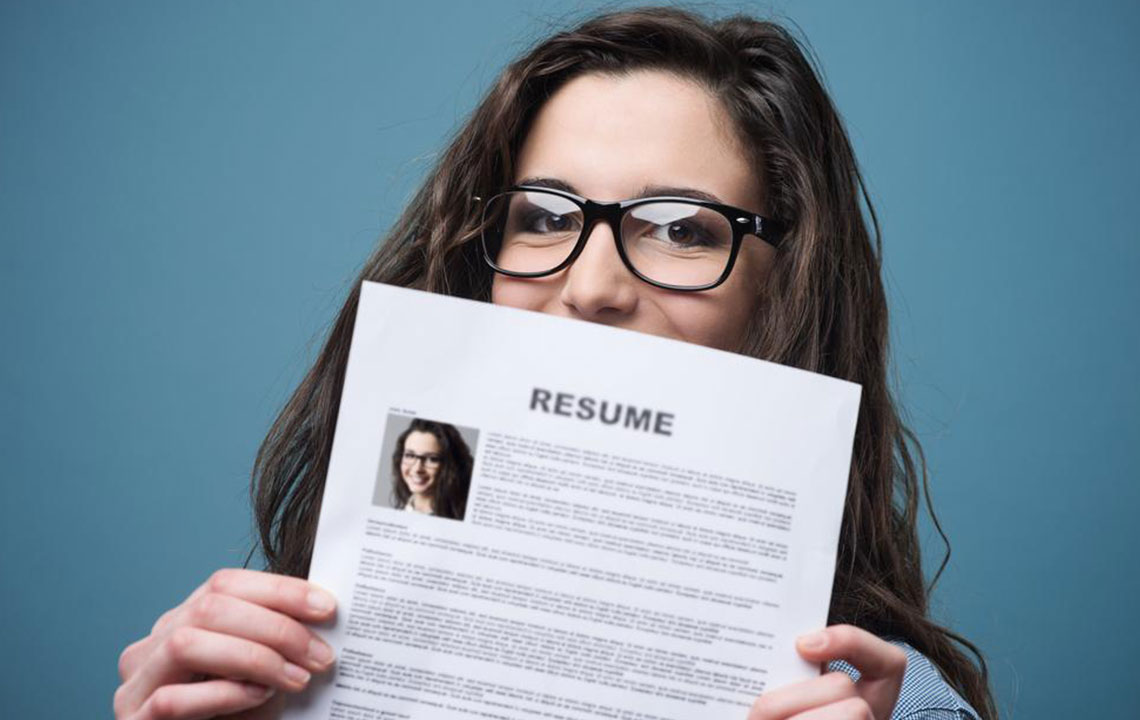Harnessing Creativity: How Innovative Resume Designs Boost Your Job Prospects
Discover how innovative and creative resume designs can elevate your job application. Learn effective strategies for incorporating visuals, multimedia, and unique formats to showcase your skills and personality. This comprehensive guide highlights best practices for creative professionals to stand out and make a lasting impression in competitive job markets, especially within creative industries such as media, graphic design, and digital arts. Unlock the secrets to crafting memorable resumes that capture attention and open doors to new career opportunities.
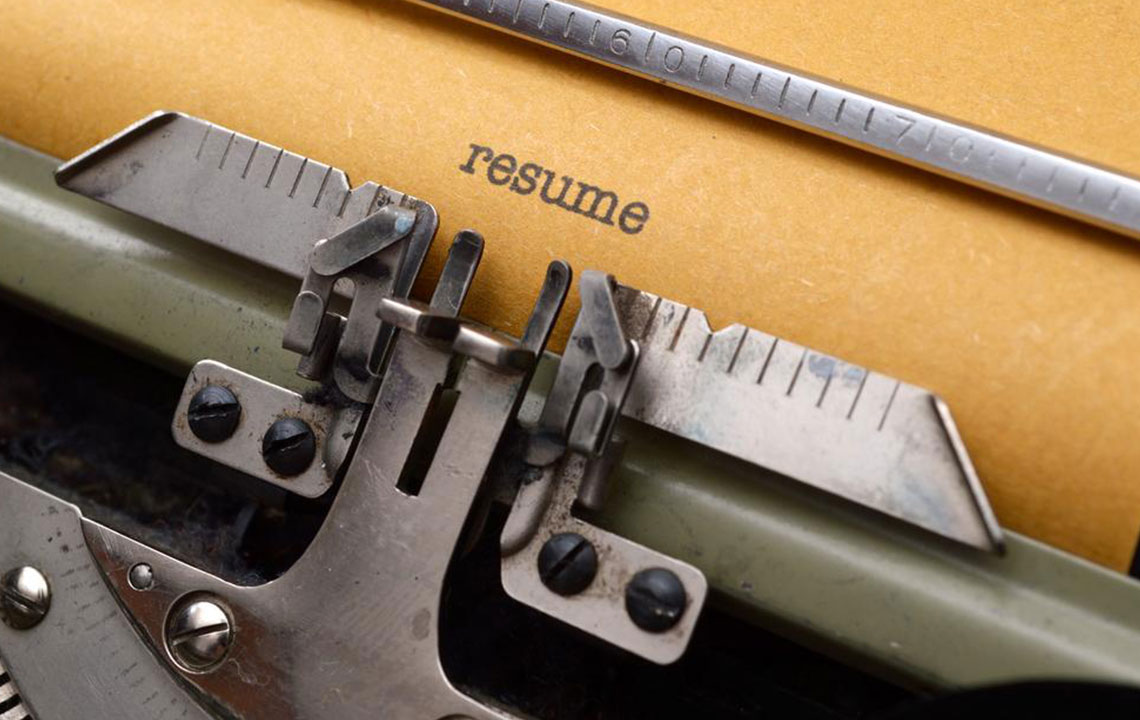
Harnessing Creativity: How Innovative Resume Designs Boost Your Job Prospects
In today’s fiercely competitive employment landscape, standing out from the crowd is essential. Traditional resumes are no longer sufficient to capture the attention of hiring managers who are inundated with applications. Candidates who adopt creative and innovative resume formats often gain a significant edge, especially when applying for roles that thrive on originality, artistic talent, and visual communication. A well-crafted, unconventional resume not only showcases your professional experience but also highlights your personality, creativity, and unique strengths—attributes highly valued in many modern industries.
Industries such as media, graphic design, digital marketing, advertising, and other creative fields particularly favor visually engaging and inventive resume formats. These sectors thrive on original ideas and artistic flair, making it beneficial for applicants to leave behind traditional text-only templates and embrace formats that reflect their creative capabilities. Using innovative resumes demonstrates your ability to think outside the box—an essential trait in competitive, dynamic fields.
Creative professionals leverage visual elements such as infographics, icons, color schemes, and multimedia integrations to craft memorable resumes. These elements serve multiple purposes: they organize information more effectively, highlight key skills, and provide tangible examples of creativity that can be quickly assessed by hiring managers. For instance, designers might include visual portfolios or clickable links to online projects, while writers might integrate multimedia snippets like video introductions or podcasts to showcase their communication skills.
Non-traditional resumes are especially effective because they offer a multidimensional view of a candidate’s skills and personality. These formats extend beyond plain text by incorporating images, infographics, timelines, charts, and even multimedia elements. Digital resumes often include interactive components like clickable links to portfolios, social media profiles, or videos, making it easier for employers to explore a candidate’s work and online presence.
For creative professionals such as graphic designers, illustrators, digital artists, photographers, journalists, and content creators, a distinctive resume can significantly increase their chances of making an impression. A visually compelling resume acts as a mini-portfolio, providing a window into their artistic style and technical skills. For example, a graphic designer might craft a resume that features their signature style and showcases sample projects directly within the document.
Similarly, social media profiles and interactive online resumes have become popular alternatives, allowing candidates to display their work dynamically. Platforms like Behance, Dribbble, LinkedIn, or personal websites serve as supplementary channels for showcasing professional portfolios, endorsements, and projects. Integrating these into a resume can show versatility and tech-savviness to potential employers.
However, it’s crucial to use these innovative resume formats judiciously. Overloading your document with excessive visuals or multimedia can lead to clutter, distraction, or even appear unprofessional. Striking the right balance between creativity and readability is key. Your resume should immediately communicate your core qualifications while also highlighting your design sensibility and originality. Testing your resume across different platforms and getting feedback from industry peers can help ensure it remains effective and professional.
In summary, creative and innovative resumes are powerful tools for job seekers aiming to distinguish themselves in competitive markets. By thoughtfully integrating visual elements, multimedia, and unique layouts, candidates can better express their individuality and skills. When executed well, these resumes do more than just list qualifications—they tell a story about the candidate’s personality, creativity, and potential contribution to a prospective employer’s organization. Embracing this approach can lead to higher interview rates and better career opportunities—making it a worthwhile strategy for ambitious professionals across many industries.
